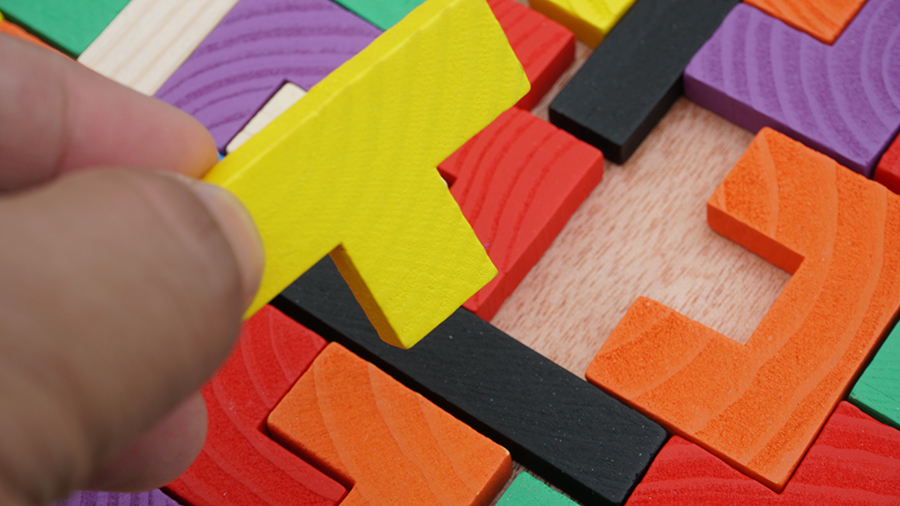Spatial Intelligence
 Posted On
Posted On
Spatial orientation and intelligence give children the confidence to navigate their surroundings and acquire academic knowledge. These skills are also imperative for success in any career, not just those explicitly STEM-oriented. Spatial intelligence can be encouraged, taught and boost your child to excellence in all areas of their academic and social life. Here are some examples of why your child should build up this skill:
Memory & Retention
- Surprisingly, by creating a 3D “memory palace” you can trigger information retention. Josh Grant, an organizational psychologist, visited the concept (in WorkLife a TED podcast ) with his guest, Joshua Foer, a science journalist. Visualizing new information in a real, 3D location improves memory. For example, if your child understands the concept of a 2D flat image vs. a 3D space like his classroom, he can acquire the intentional skill to absorb, with all his senses, where his history lesson is being taught, and thus is more likely to recall it later on. This is also why you tend to recall face-to-face work meetings more than a conference call. You simply have a 3D reference and memory.
- Games that stimulate visual imagery to represent an object that is no longer physically present improves critical thinking and problem-solving. Think of the preschool game “Memory” where all the cards are flipped over and children take turns flipping over 2 cards at a time, eventually matching pairs. The more children play this type of game, the better their memory becomes. Why? Because they are using tactile 3D objects to jog an image that is no longer there.
- A puzzle uses the reverse approach to the game “Memory”. What shape fits the 3D space out of all the possibilities? This is a great critical thinking activity as well.
Critical thinking & spatial navigation
- The reliance on tech to navigate our driving has unfortunately resulted in a generation missing an essential critical thinking skill: the ability to read a map. This skill exposes a growing brain to the concept of imagery, a 3D space, and the ability to marry the two to navigate to an actual destination.
- Spatial reasoning games where you look at an object from all sides, including top and bottom, literally teaches your child to “think outside the box”.
Your child’s spatial skills at home
When at home, ask your child questions HOW they came up with a solution. Encourage an answer with rich, descriptive vocabulary. Use gestures (which actually frees up cognitive memory to approach a complex task) when communicating. Ultimately, it is our job as educators and parents to enthusiastically provide the tools to ensure our children have the skills they need to keep up with technology.

